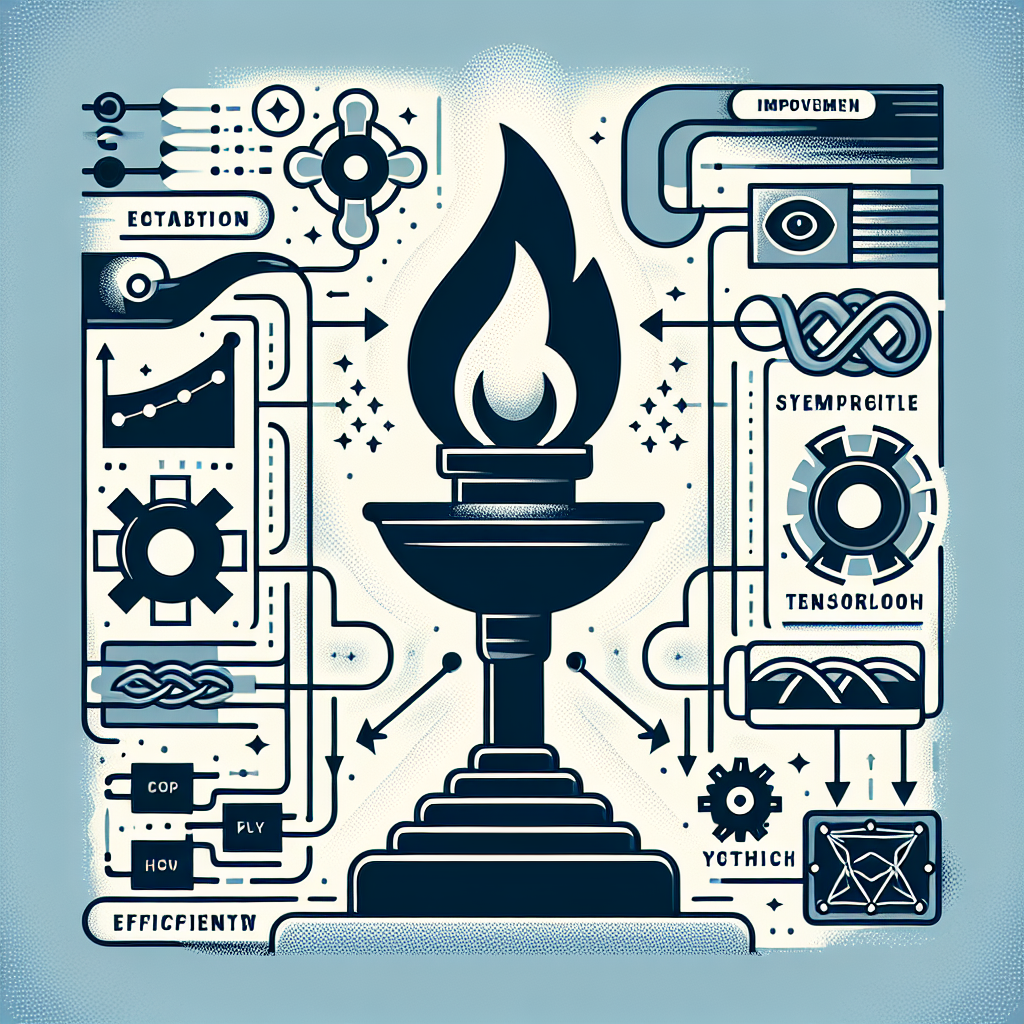Fix today. Protect forever.
Secure your devices with the #1 malware removal and protection software
Deep learning is a powerful and rapidly evolving field that has the potential to revolutionize industries and enhance the capabilities of artificial intelligence systems. As more and more organizations look to incorporate deep learning into their operations, it has become increasingly important for developers to master the tools and techniques needed to build efficient deep learning systems.
Two of the most popular frameworks for deep learning are PyTorch and TensorFlow. Both of these frameworks offer a wide range of tools and capabilities that can help developers build sophisticated deep learning models. However, mastering these frameworks can be a daunting task, especially for those new to the field of deep learning.
To help developers get started with building efficient deep learning systems using PyTorch and TensorFlow, here are some tips and tricks to keep in mind:
1. Understand the fundamentals: Before diving into building complex deep learning models, it is important to have a solid understanding of the fundamentals of deep learning. This includes understanding concepts such as neural networks, convolutional neural networks, recurrent neural networks, and more. By mastering these fundamentals, developers can build a strong foundation for building more advanced deep learning models.
2. Start with simple projects: When getting started with PyTorch and TensorFlow, it is important to start with simple projects before moving on to more complex ones. This will help developers gain a better understanding of the frameworks and how to use them effectively. Simple projects can include image classification, sentiment analysis, and language translation tasks.
3. Utilize pre-trained models: One of the key advantages of using PyTorch and TensorFlow is the availability of pre-trained models. These pre-trained models have been trained on large datasets and can be used as a starting point for building more advanced deep learning models. By utilizing pre-trained models, developers can save time and resources while still achieving high levels of accuracy in their models.
4. Experiment with different architectures: Deep learning is a highly experimental field, and developers should not be afraid to try out different architectures and configurations when building their models. By experimenting with different architectures, developers can gain a better understanding of what works best for their specific use case and optimize their models for maximum performance.
5. Optimize for performance: When building deep learning models with PyTorch and TensorFlow, it is important to optimize for performance to ensure that models run efficiently and effectively. This can include optimizing hyperparameters, using parallel processing techniques, and utilizing hardware accelerators such as GPUs. By optimizing for performance, developers can build deep learning models that are not only accurate but also fast and efficient.
In conclusion, mastering deep learning with PyTorch and TensorFlow requires a combination of understanding the fundamentals, starting with simple projects, utilizing pre-trained models, experimenting with different architectures, and optimizing for performance. By following these tips and tricks, developers can build efficient deep learning systems that can enhance the capabilities of artificial intelligence and revolutionize industries.
Fix today. Protect forever.
Secure your devices with the #1 malware removal and protection software
#Mastering #Deep #Learning #Tips #Tricks #Building #Efficient #Systems #PyTorch #TensorFlow,understanding deep learning: building machine learning systems with pytorch
and tensorflow

Leave a Reply
You must be logged in to post a comment.